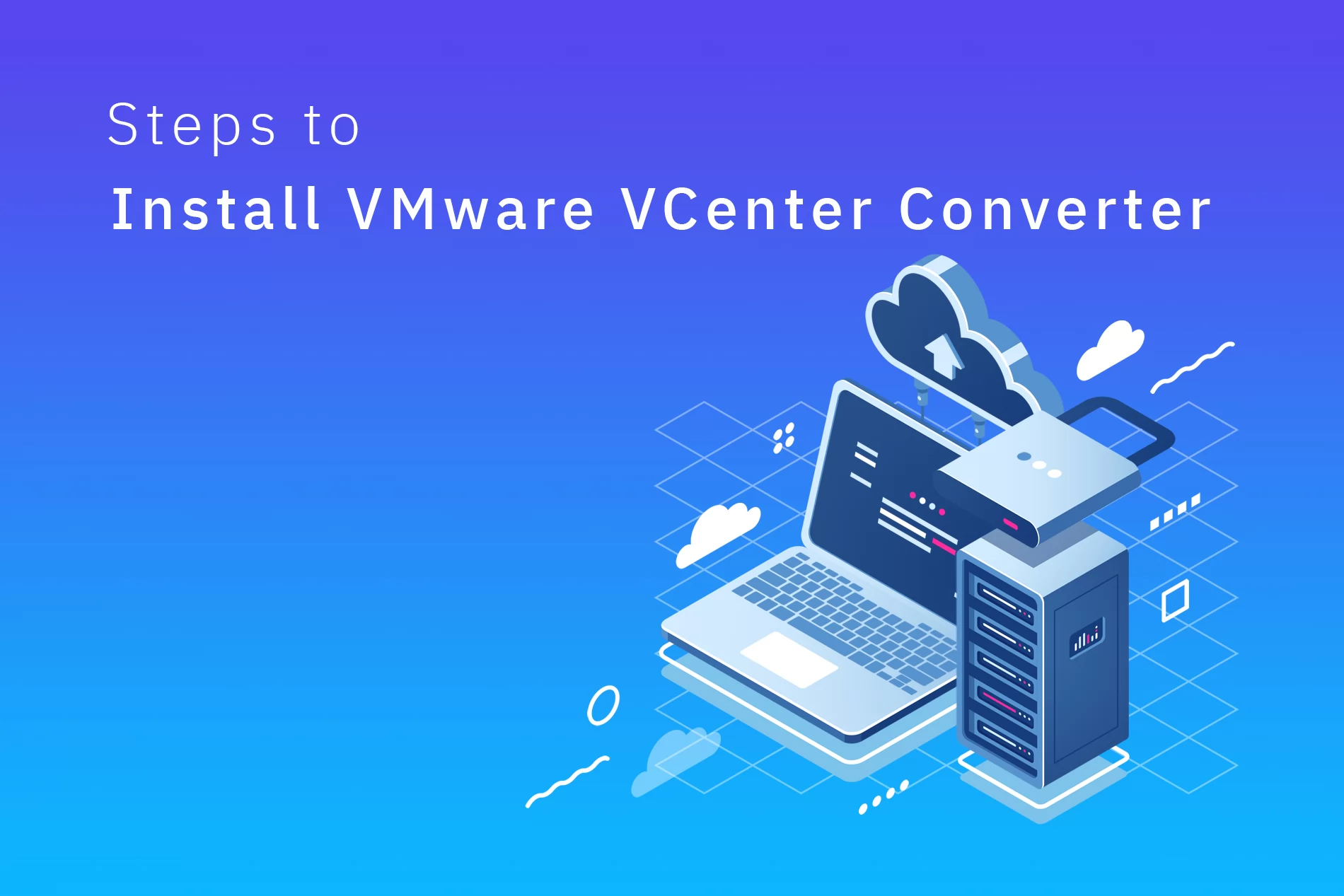 The installation of VMware vCenter Converter is a straightforward process that can be completed in a few simple steps. To successfully install a standalone converter, complete the following set of instructions:
The installation of VMware vCenter Converter is a straightforward process that can be completed in a few simple steps. To successfully install a standalone converter, complete the following set of instructions:
- First, open the VCenter Converter page and click “Download Now”.
- You will be directed to the next page. On that page, under the Product Downloads Section select “Go to Downloads”
- Click “Download Now” next to the VCenter Converter Standalone.
- Now you can sign in if you have an account already or sign up in VMware.
- You have to agree with the End User License Agreement and then click “Accept”.
- The VCenter Converter download will begin now. When it starts, launch the.exe file on the VM.
- Once after finishing the installation wizard, run the program.
Convert VDI to VMDK via VMWare VCenter Converter
Convert VDI to VMDK via VMWare VCenter Converter
- Click “Convert Machine” in the VMware VCenter Converter window.
- In the Conversion window, select the source type as “Powered On” and “This local machine” from the drop-down and click “Next”.
- Next, select the destination type as “VMware Workstation or other VMware virtual machines” and in the virtual machine details, enter the converted VM name, and then click Browse to specify where to save the VMDK file. Select Next.
- Now click next and finish.
This allows you to create the VMDK file and you can also track the process in the VMware VCenter converter standalone. So, once created successfully, find the converted VMDK in the specified location and use this in VMware Work Station.
You can now use the VMDK hard disk in VMware Workstation.
Steps to create VM in VMware workstation
The converted VMDK files are now ready to be used for your new virtual machine in VMware Workstation. Let’s see the step to create:
- Click File >> New virtual machine in the VMware Workstation.
- Then choose the custom icon>> Next.
- On the next window leave the default settings >> Next.
- Click the “I will install the OS later” icon and then click Next.
- Select your current OS and its version and click next.
- Enter a name in the new virtual machine>> Next.
- Then select BIOS >> Next.
- Now, adjust the number of processors for the VM as per your requirement and click Next.
- Adjust the memory for the virtual machine >> Next.
- For network type, I/O Controller type and disk type choose the recommended setting and click next.
- Now, select disk >> use an existing virtual disk >> Next.
- On the next popup window select Keep the existing format and click Finish to complete the VM configuration.
- Finally, you can now start the VM by selecting the VM name and Power on this virtual machine.
Now that the VDI hard disk has been effectively converted to a VMDK, you can use VMware Workstation to run it.
For quick assistance you can click here: Get Tech Support
Check: Monitor VMware ESXi Host Using LibreNMS
To get more updates you can follow us on Facebook, Twitter, LinkedIn
Subscribe to get free blog content to your Inbox
-
Previous Post
2 ways to convert Virtual Box VDI to VMDK
-
Next Post
Steps to backup Amazon S3 bucket




